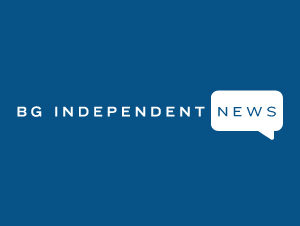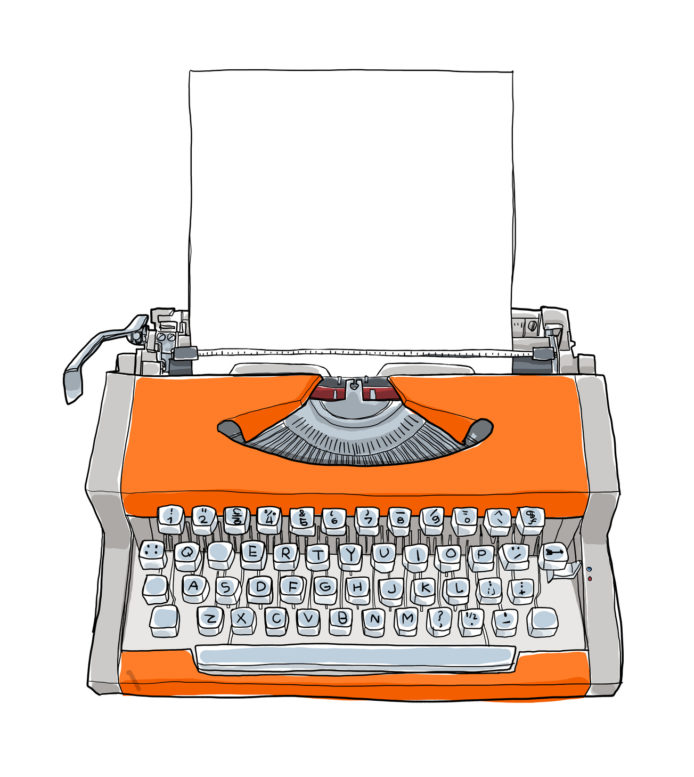I am writing to express my dismay over the dismantling of USAID and to explain why, just possibly, your readers should care.
For the past 20 years, I have been teaching International Studies at BGSU. No matter how well I try to teach about foreign aid, some students just can’t get past the idea that we (the US taxpayers) “give away money to foreign countries,” and it is wrong to do so as long as we still have problems here are home. It is this attitude that has made USAID a target and led many Americans to support its destruction. But USAID has never been a “giveaway” kind of organization; it has always served American interests, and in its absence, America will need to find other ways to continue the work the agency did.
The US Agency for International Development was created under the Kennedy administration, not primarily as a charitable undertaking, but as an attempt to spread American influence during the Cold War, when many countries were choosing sides between the US and Russia. It was believed, for example, that people experiencing hunger would feel good about the United States when they received bags of food labeled “From the American People.”
The work of USAID, even at its most humanitarian, has always benefited the US taxpayer. Those bags of food were mostly produced by and purchased from American farmers, contributing to their profitability.
Health and medical programs are another area in which expenditures by USAID come back to benefit US citizens, in at least three ways: first, as with food aid, many of the supplies used are made by and purchased from US manufacturers. Again, although the populations of other countries benefit from this, they are not directly receiving money; US business are.
A second way in which USAID’s health work benefits the US is simply by bolstering the health of global populations. Particularly in southern Africa, where the AIDS epidemic began and ran rampant, this disease left children orphaned and adults unable to work. Thanks to AIDS treatment provided through the PEPFAR program, entire populations have gotten back on their feet. This means that affected countries and regions can be viable trading partners for us.
Finally, and perhaps most significantly, USAID’s work on Ebola and malaria created medical networks able to track these diseases, preventing both outbreaks and international spread of disease. Just as crucial as the treatment programs were the communication networks that could alert US authorities to diseases that are always just a plane ride away from infecting any of us. Infectious diseases make clear that the health of the poorest on the planet can affect everyone’s health.
I hope this handful of examples illustrates how USAID—whatever the flaws of individual programs—has for the past six decades returned value to American taxpayers by purchasing from US suppliers, creating trading partners, keeping us safe, and spreading American “soft power,” or goodwill towards our country. It is now a very real risk that China will step in to fill the void left by USAID, as they are already doing through their Belt and Road Initiative, particularly in Africa. In the long run, ceding influence to China is going to cost the American public more than USAID ever did.
Kristie Foell
Bowling Green

